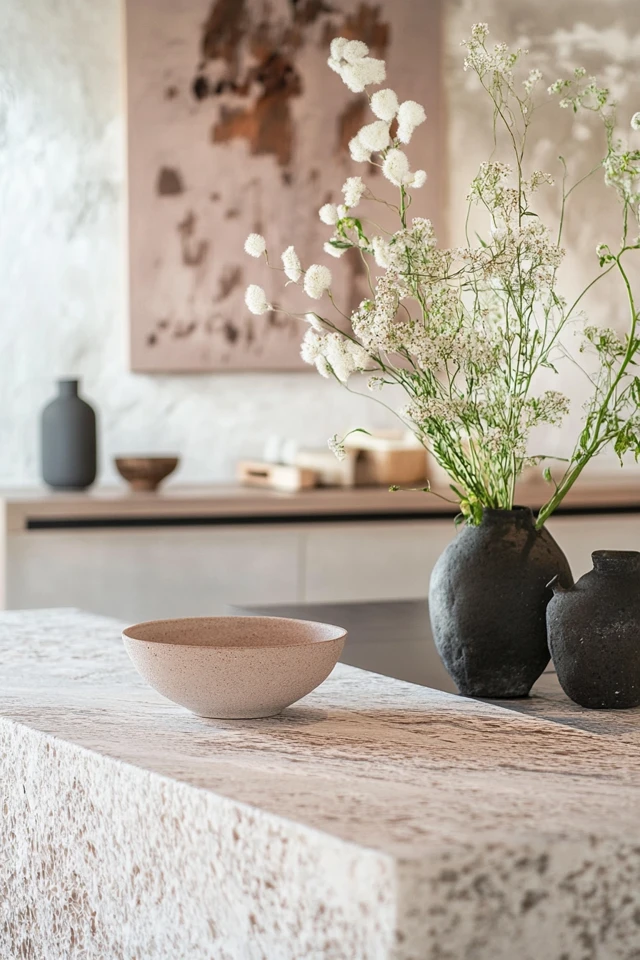Introduction
Coastal design is timeless. It captures the breezy, carefree essence of seaside living and brings it right into your home. But what if you could take that light, airy style and give it a nostalgic twist? Enter retro coastal styling – a perfect blend of coastal serenity and vintage charm that transforms your space into a playful, yet relaxing, retreat.
I’ve always been drawn to the nostalgia of retro design. From the cheerful prints of the 1950s to the funky colors of the 1970s, there’s something about retro elements that instantly puts a smile on my face. One of my favorite projects was redecorating a beach house for a family friend. They wanted a space that paid homage to their childhood summers at the shore, with a touch of vintage flair. Think scalloped umbrellas, turquoise kitchenware, and rattan furniture with brightly patterned cushions. It was a labor of love, and the end result was a whimsical yet serene retreat that felt like stepping into a time capsule.
Retro coastal styling is not about creating a time warp – it’s about thoughtfully blending the relaxed charm of coastal design with hints of nostalgia that bring personality and fun into your space. Whether you’re longing for mid-century modern sophistication or boho 1970s vibes, these 10 tips will help you infuse retro flair into your coastal-inspired home.
The Perfect Design for You
Retro coastal styling is ideal for anyone who loves to mix old and new, play with color, and add a sense of whimsy to their space. It’s perfect for revamping a summer getaway, refreshing your everyday living room, or even creating a nostalgic vibe for entertaining.
Picture a living room where mid-century modern teak furniture meets breezy rattan chairs and retro pastel accents. Or imagine a kitchen filled with vintage turquoise appliances paired with natural textures and nautical details. Retro coastal styling works because it celebrates the best of both worlds – the laid-back feel of the coast and the character-filled charm of retro design.
Picture Gallery
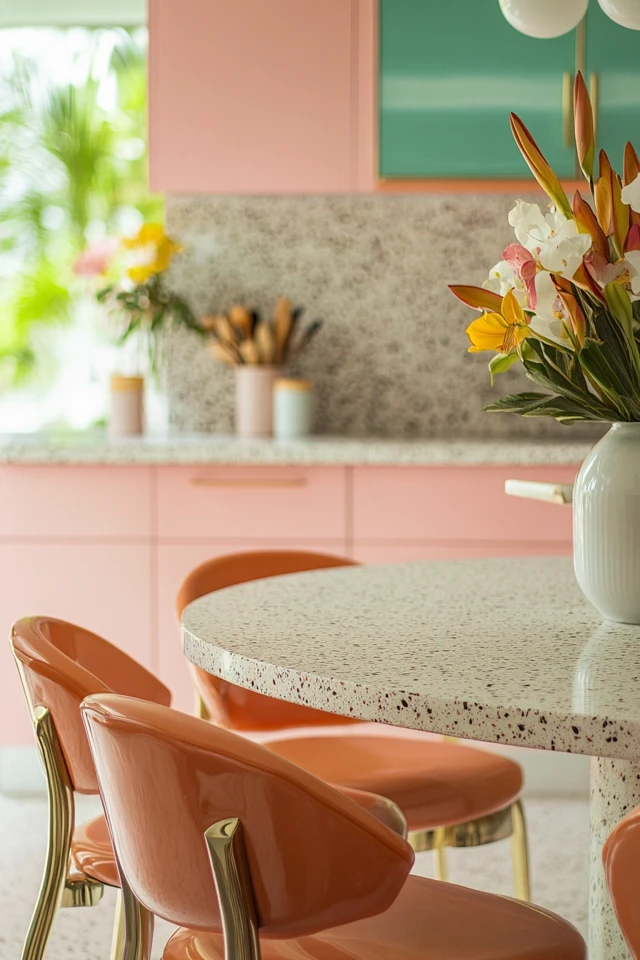

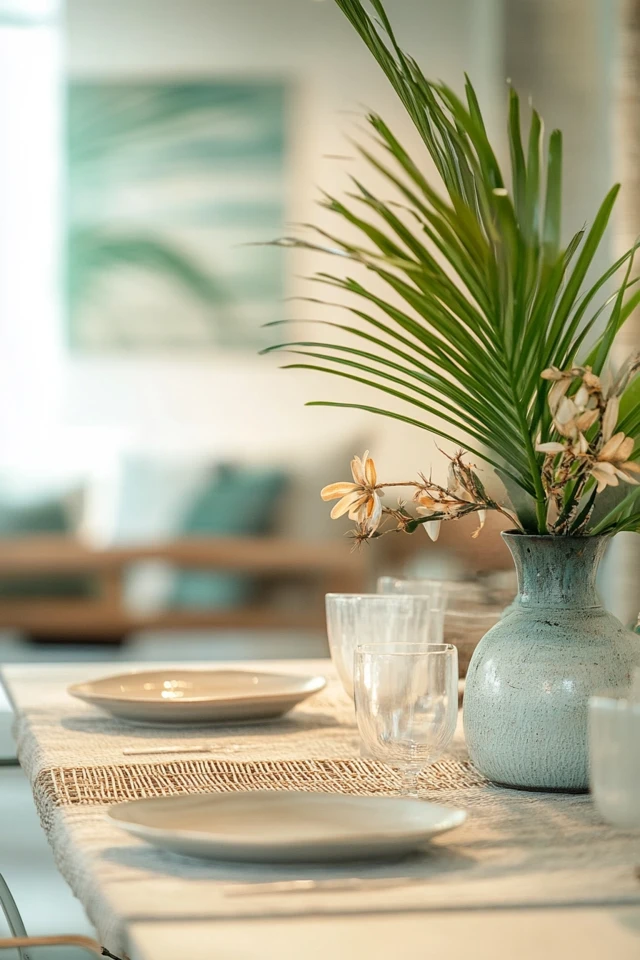
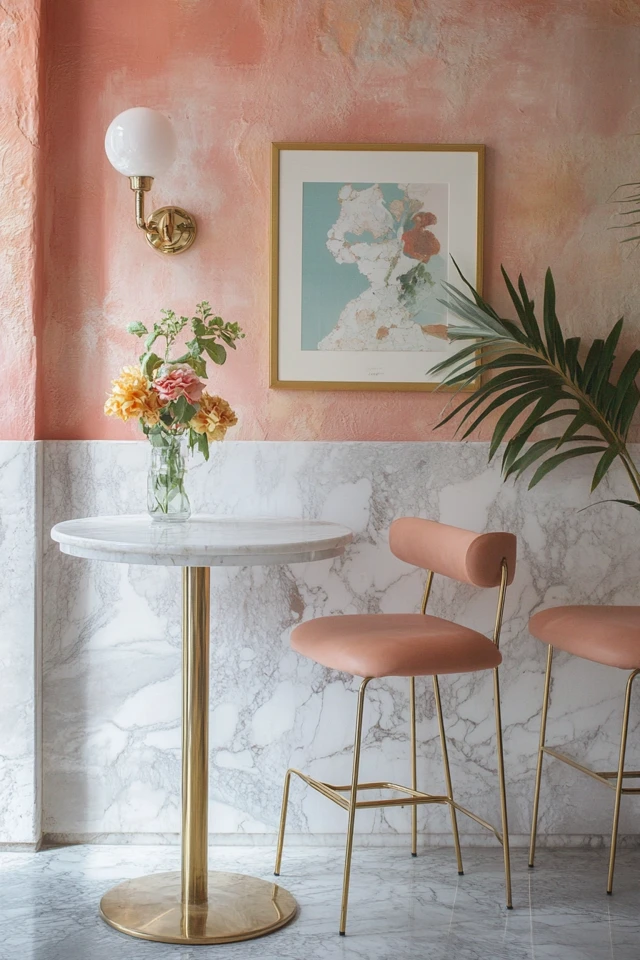
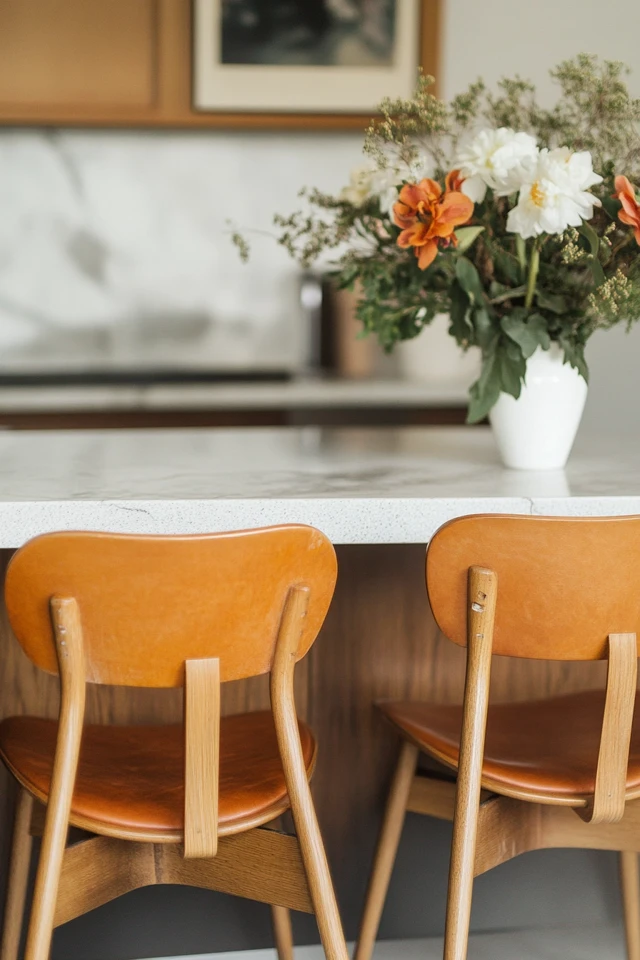
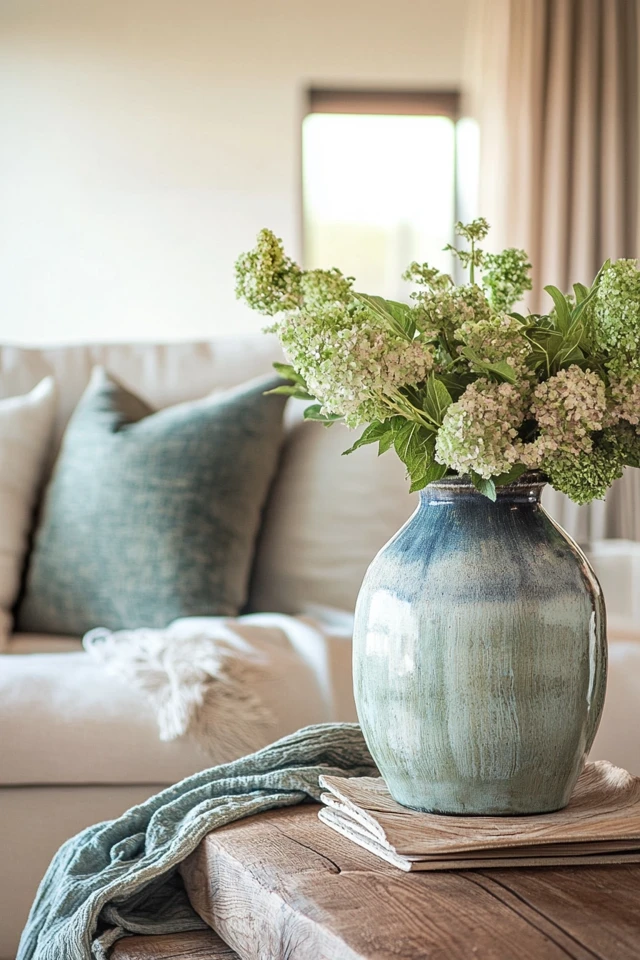
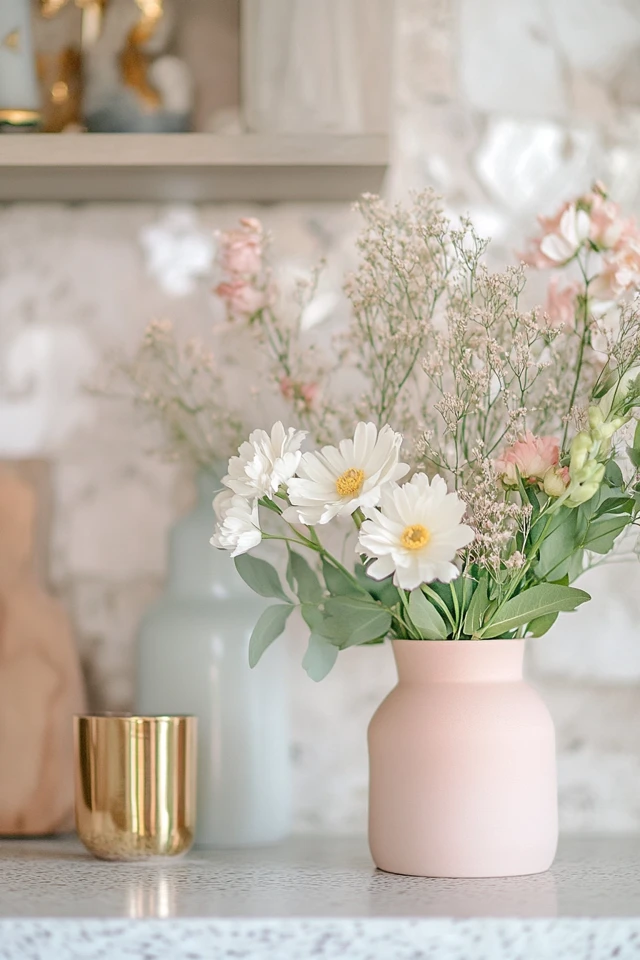
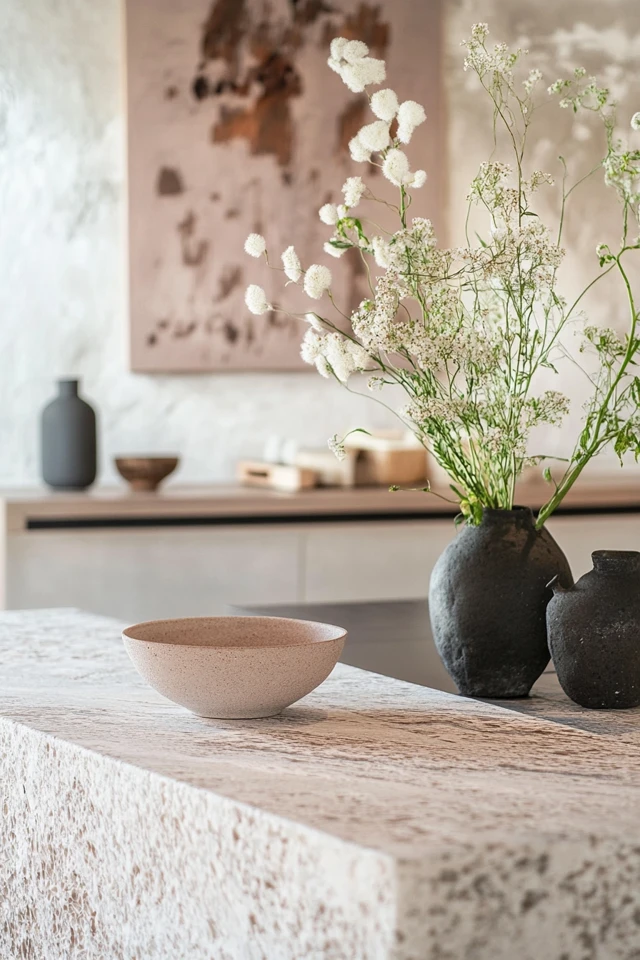
Why These Key Elements Work So Well Together
Blending retro and coastal design works beautifully when you strike a balance between nostalgia and relaxation. Here’s why these elements shine together:
- Cheerful Colors: Retro coastal design often leans on vibrant, sun-soaked hues like aqua, coral, and mustard yellow. Paired with coastal whites and sandy beiges, they create a playful yet harmonious palette that feels warm and inviting.
- Iconic Furniture Shapes: Retro-style furniture, such as curvy armchairs or mid-century consoles, adds an architectural edge to the softer, more organic shapes found in coastal design, like woven baskets or driftwood accents.
- Natural Textures: Coastal design’s emphasis on natural materials like rattan, jute, and linen blends seamlessly with retro design’s use of wood and metal, creating a layered, eclectic feel.
- Whimsical Patterns: Vintage-inspired patterns like polka dots, stripes, and tropical florals inject personality into the otherwise calm coastal aesthetic. When used sparingly, they energize the space without overwhelming it.
- Mix of Function and Fun: Retro appliances, such as a pastel-colored refrigerator or an old-school record player, not only bring a nostalgic vibe but also serve as functional conversation starters.
Together, these elements create a nostalgic coastal space that’s full of personality, warmth, and charm.
How to Achieve Retro Coastal Styling: Step-by-Step
- Set the Foundation: Begin with a light, neutral base for your walls and larger furniture. Coastal whites or soft beiges provide the perfect blank canvas for layering retro accents.
- Choose a Retro Color Palette: Pick a palette that speaks to you. Soft turquoise and coral work well for a 1950s vibe, while mustard yellow and avocado green feel distinctly 1970s. Pair these with coastal blues and sandy tones for a balanced look.
- Incorporate Retro Furniture: Look for pieces with iconic retro shapes, like low-slung sofas, kidney-shaped coffee tables, or egg chairs. Teak or walnut wood pairs beautifully with coastal textures like rattan or wicker.
- Layer in Vintage Patterns: Add playful patterns through throw pillows, curtains, or rugs. Think stripes, polka dots, or tropical florals. Be strategic – a little goes a long way.
- Add Coastal Accessories: Balance the retro elements with classic coastal touches like seashell vases, nautical artwork, or driftwood sculptures. These keep the space grounded in the coastal aesthetic.
- Mix Textures: Blend natural coastal textures, like jute rugs and linen throws, with retro materials like Formica, glossy ceramics, or metal finishes. This creates a dynamic, layered look.
- Highlight Retro Lighting: Look for statement lighting pieces like a Sputnik chandelier, globe pendants, or a rattan floor lamp. These add both function and style.
- Bring in Whimsical Decor: Retro coastal spaces thrive on personality. Add quirky accents like a vintage surfboard, an old-school radio, or brightly colored kitchenware for a playful touch.
- Maximize Greenery: Plants like ferns, monsteras, or even hanging macramé planters fit perfectly in retro coastal spaces, adding freshness and texture.
- Create Nostalgic Moments: Dedicate a corner to nostalgia, such as a bar cart with vintage glasses or a gallery wall with black-and-white beach photos.
FAQ Section
1. Can I incorporate retro coastal design without overhauling my space?
Absolutely! Start small by swapping out accessories like throw pillows, curtains, or wall art for retro-inspired options. Add a few vintage finds, like a rattan chair or a colorful lamp, to test the waters.
2. What’s the key to balancing retro and coastal styles?
Focus on harmony. Use retro elements sparingly to complement the calming coastal base. A few standout pieces, like a colorful armchair or patterned rug, will go a long way without overwhelming the space.
3. How can I find authentic retro pieces?
Check out thrift stores, estate sales, or online marketplaces like Etsy or eBay for vintage finds. If authentic pieces are hard to come by, there are plenty of modern reproductions that capture the retro aesthetic.
4. What type of patterns work best for retro coastal design?
Stick to cheerful, timeless patterns like stripes, polka dots, or tropical prints. Avoid overly complex or dark patterns, as they can clash with the breezy coastal vibe.
5. How can I incorporate retro kitchenware into my design?
Use pastel-colored appliances or display vintage items like colorful mixing bowls, tin canisters, or retro coffee makers. These items double as decor and functional tools.
Variations
- Mid-Century Modern Coastal: Pair sleek mid-century furniture with coastal colors and natural materials for a sophisticated look.
- 1970s Boho Coastal: Lean into bohemian vibes with macramé wall hangings, bold tropical prints, and earthy tones like rust or mustard.
- 1950s Diner Coastal: Add a playful touch with pastel colors, chrome accents, and vintage kitchenware, paired with rattan and jute for balance.
- Eclectic Retro Coastal: Mix and match decades for a playful, eclectic look. Combine bold 1980s colors with 1960s furniture and classic coastal textures.
- Budget-Friendly Retro Coastal: Use DIY techniques to recreate retro items, like painting secondhand furniture in bright colors or crafting your own macramé decor.
Conclusion
Retro coastal styling is a fun and creative way to bring nostalgia and personality into your home while keeping the breezy, relaxed vibe of coastal design. By blending cheerful colors, iconic shapes, and natural textures, you can create a space that feels both timeless and uniquely yours.
Whether you’re embracing mid-century minimalism or 1970s boho chic, there’s no right or wrong way to infuse retro vibes into your coastal space. Start with the tips here, put your spin on them, and enjoy the journey of creating a home that feels like a joyful escape. I’d love to hear how you’ve made retro coastal styling your own – share your ideas, and let’s keep the inspiration going!

